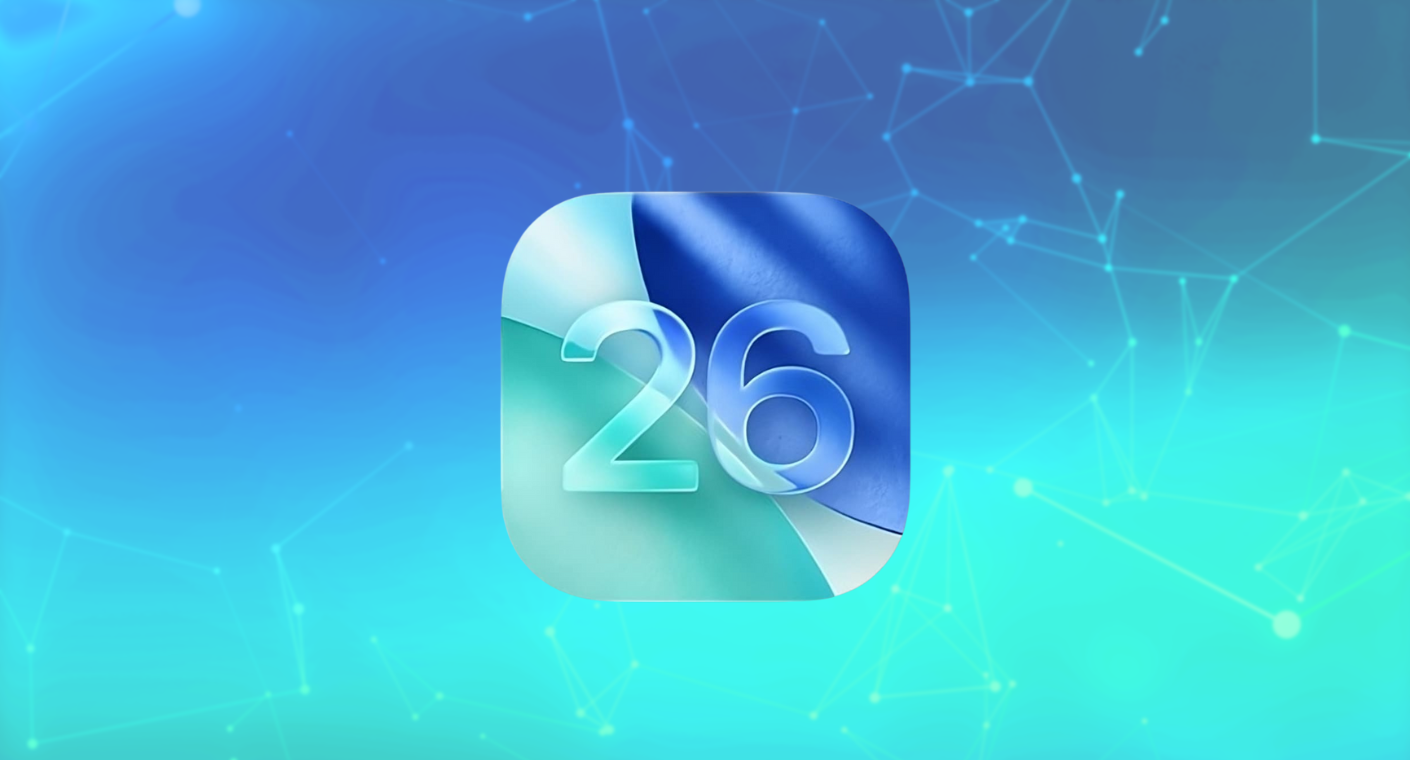It’s no secret that AI powered personalization in email and mobile messages effectively enhance consumer brand marketing campaigns. But how can marketers go the extra mile to increase engagement and drive ROI across channels? By harnessing the power of Application Programming Interfaces (APIs).
APIs enhance a brand’s ability to effortlessly display the most up-to-date information to their audience. These interfaces power data across the internet and allow systems to exchange information between one another almost instantly. An API is like a short-order cook. Customers can request a specific meal, and the cook quickly serves them a dish that is made to order, exactly to the customer’s specifications.
With the help of APIs, brands can deliver a consistent omni-channel experience to customers with ease. From the inbox to mobile messaging, APIs bring personalized, visualized storytelling to the forefront of a successful marketing strategy.
For instance, when a retail consumer schedules a gift registry appointment online, APIs likely facilitate the data flow behind the scenes. If the person indicates what times they’re available for an appointment, that information is ingested by the API, which then displays qualifying times in a personalized email.
On top of this, customers receive consistent, user-friendly marketing messages, whether they are displayed via email or through an in-app message. In this context, the API ensures that data is retrieved quickly and reliably while remaining customer-centric. Marketers now take the easy street when it comes to maintaining parity across channels when APIs enter the equation.

Once marketers begin using an API, they must determine which data will craft the most compelling story for their customers. To make the most influential impact, the selected data should easily transform into engaging, visually stunning messaging that is relevant and personalized to each customer.
Curious as to what an API-generated campaign can look like? The possibilities are endless. Here’s a glimpse into how they can be done:
Behavioral Campaigns
Many customers need extra motivation to successfully complete a desired purchase. That being said, retail marketers often successfully use APIs to power product recommendations. Customers then receive product suggestions based on their most recent actions on the brand’s site, such as browsing a new pair of jeans or abandoning a pair of hiking boots in their online cart. APIs can absorb information about customer behaviors and provide relevant messaging to enable hyper-personalized communication at scale.
In the Inkredible Retail example, the brand collects information on a customer’s online browsing behavior that is sent directly to the API. The behavioral data and API work in tandem to deliver a compelling email that specifically aligns with the customer’s needs. In this case, William receives product recommendations that will most likely trigger a purchase because they’re based on his specific interests. This process is automated, with no extra work needed by the marketer.

API integrations increase marketing sophistication.
Ready to supercharge your martech stack?
Get a Demo
Omni-Channel Location Targeting
Targeting campaigns to a customer based on their current location isn’t always the easiest task. That’s where APIs come in. APIs allow marketers to send hyper-personalized email and mobile messages that are relevant and applicable to their customers no matter where they are.
The customer’s on-site behavior–browsing pillows in this case–automatically triggered the Inkredible Retail campaign. Using an API allows brands to display store locations with those specific pillows in stock that are nearest to the customer’s zip code on file. This tactic not only reminds the customer of the item they searched for but gives them the option to conveniently pick the product up at a store closest to them.

Store locator APIs are crucial for agile brands that prioritize a consistent omni-channel marketing strategy. If a customer is traveling and opens their favorite retailer’s mobile app, they will want to see stores nearest to their current location, not their home address. Instead of building a separate message for each store location, APIs work around the clock to deliver accuracy 24/7.

Loyalty Programs
Loyalty campaigns attract loyal customers. APIs are the scalable solution for providing up-to-date information about a customer’s loyalty standing, whether they open an email on their laptop or an app on their phone.
For example, a customer receives an email from a makeup brand that contains their point balance along with an offer to redeem a product sample. The customer does not initially take the steps to receive the sample, so they are reminded of the same offer the next time they open the brand’s mobile app. The email and mobile channels work hand-in-hand to create a conversion.

APIs make a marketer’s life easier. They introduce endless opportunities for production efficiencies and time-saving wins as well as eliminate the need for marketers to partner with creative and IT teams to produce product grids and list segmentations.
The first step to creating a successful omni-channel presence is through an API. Not only do they make marketing workflows more streamlined, but they also create the most sophisticated and personalized experience for the customer. It’s hard to go wrong.
Looking to supercharge your martech stack? Visit the Movable Ink Exchange to browse our API partnerships.








